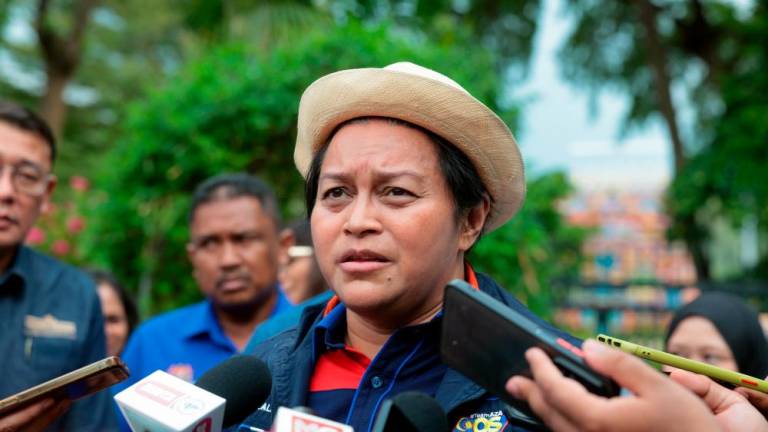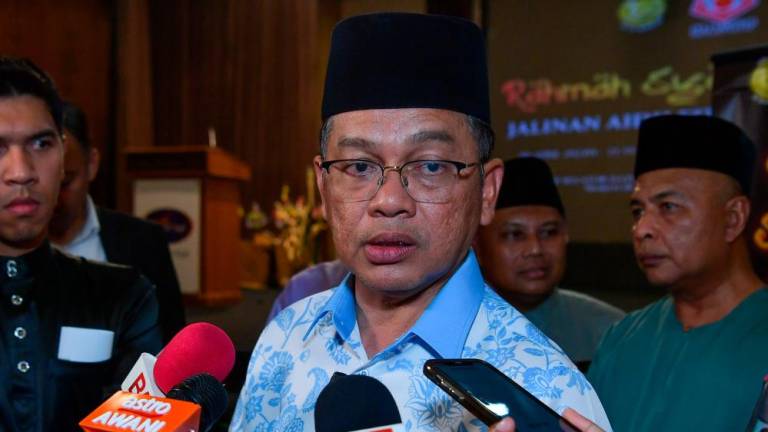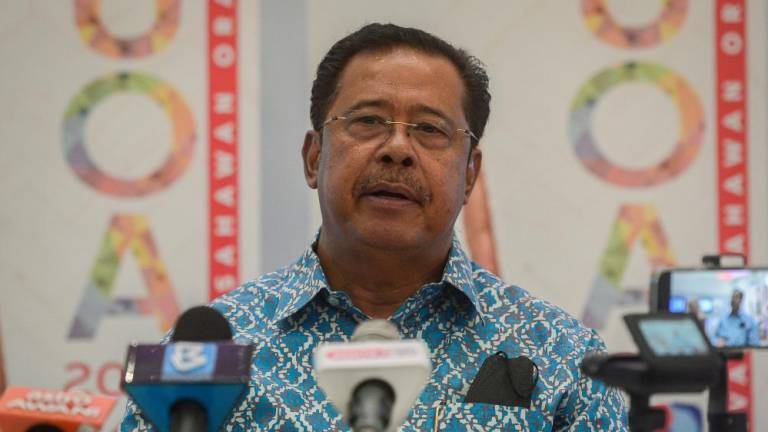PETALING JAYA: Centre for Market Education (CME) has put forward a proposal for a new monetary system featuring a unified currency amidst growing concerns over the fluctuating values of Asian currencies like the recent depreciation of the Indonesian Rupiah against the US dollar.
According to the New Straits Times, the CME stressed the importance of cooperative measures to protect the purchasing power of citizens across the Southeast Asian region.
The proposal promotes a unified regional currency adoption that would serve as a reliable store of value and potentially compete with established global currencies like the US dollar and the Euro.
It centres around the implementation of a new commodity standard, wherein the unified currency would be anchored to a diversified basket of goods.
This approach, based on an ASEAN unit of account, aims to mitigate the risks associated with individual state policies while enhancing the stability of the regional monetary framework.
The group also envisions a system where the new currency notes issued by central banks serve as reserves, providing a solid foundation for a competitive banking system.
By pegging the value of the currency to a broad range of goods and services, including the consumer price index basket, the proposed monetary system seeks to ensure value stability and mitigate inflationary pressures.
Commenting on the recent weakness of the Malaysian ringgit, CME cited two key external forces at play - the higher-for-longer interest rates from the US Federal Reserve and the ongoing geopolitical tensions bolstering the status of the US dollar as a reliable safe-haven asset.
Despite these external pressures, the CME praised the actions of Bank Negara Malaysia (BNM) for striking a delicate balance between preserving price stability, managing ringgit behaviour and mitigating the risks posed by a potential global economic slowdown.
The group also approved BNM’s decision to refrain from imposing capital controls, as such restrictions would further undermine entrepreneurial activity in Malaysia.










